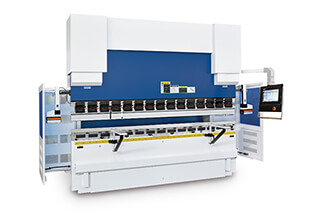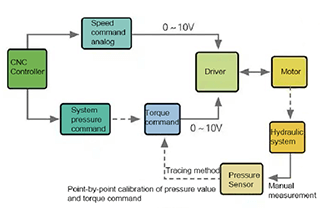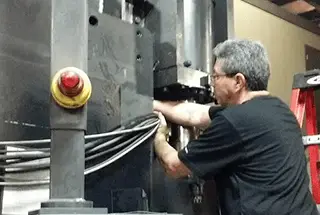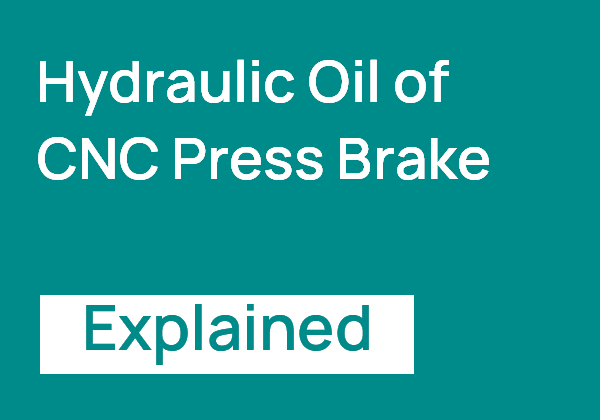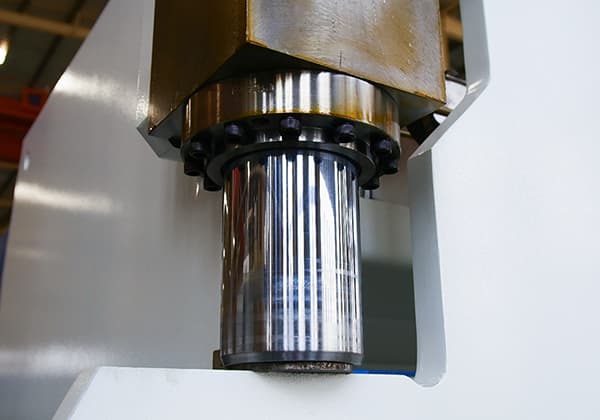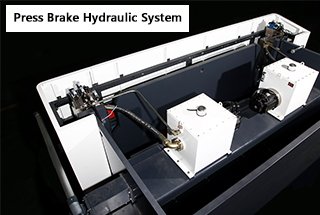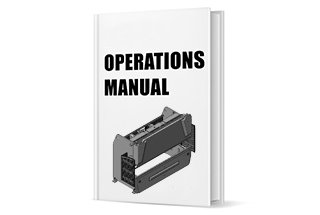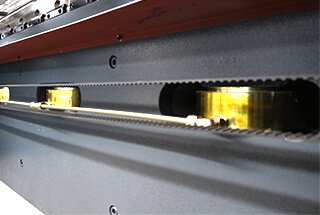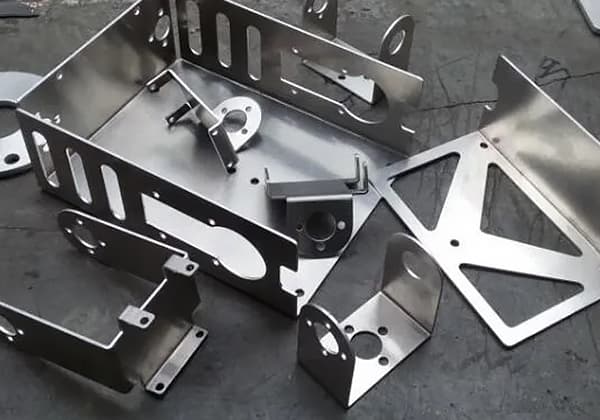
Is your hydraulic press brake causing more headaches than it should? Ensuring these complex machines run smoothly is vital to avoid costly downtime and repairs. This article covers essential maintenance steps for hydraulic press brakes, from daily checks to professional upkeep. Learn how to extend your machine’s life and boost productivity with practical tips and detailed checklists. Dive in to master the maintenance techniques that will keep your press brakes operating efficiently.
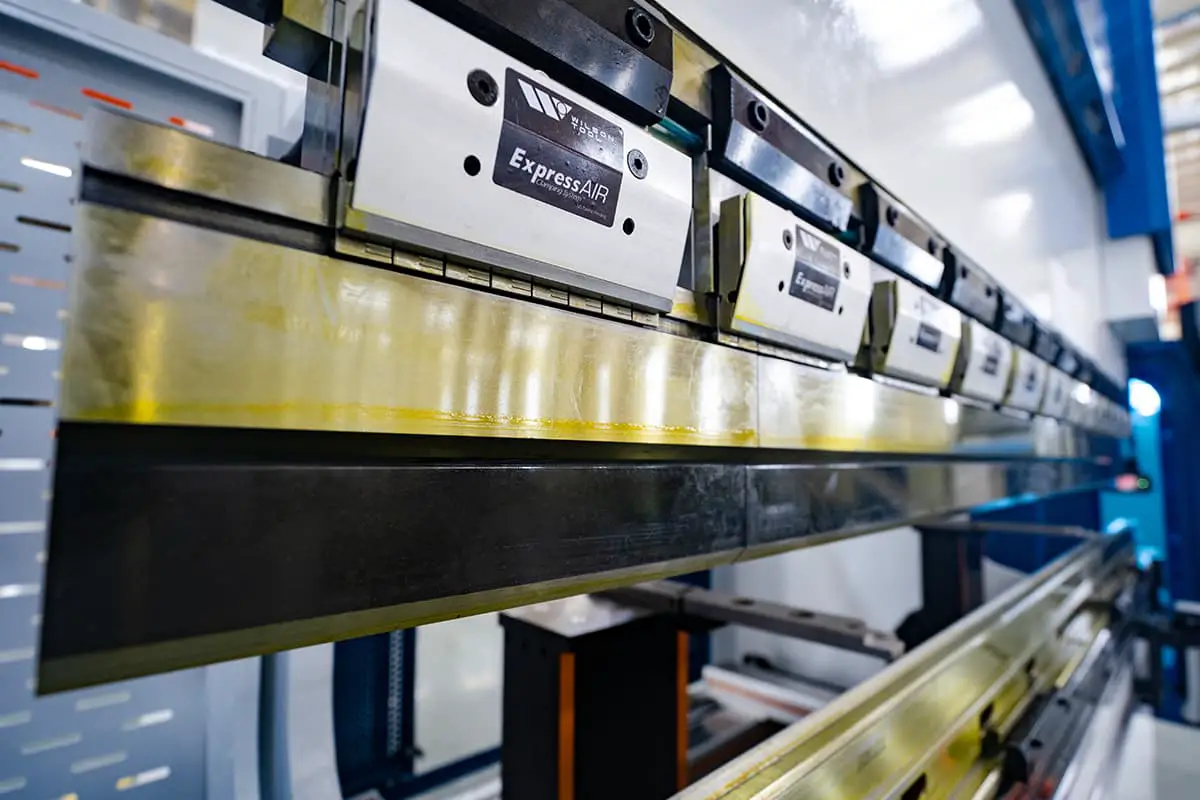
Hydraulic press brakes are widely used in the hardware industry, involving complex hydraulic technology that necessitates the integration of electrical, mechanical, hydraulic, and PLC technologies.
When a malfunction occurs, ordinary maintenance personnel often don’t know where to start, or they rely on experience for troubleshooting, which not only delays production but also fails to effectively resolve issues.
This article discusses the unique nature of hydraulic press brakes and equipment management methods. By conducting preventive maintenance operations, the failure rate of press brakes can be minimized.

In accordance with general equipment management knowledge, press brake equipment management is mainly divided into autonomous maintenance and professional maintenance.
Autonomous maintenance is completed by the operator (production worker), while professional maintenance is completed by the equipment maintenance worker. Before drafting a maintenance document, an “Equipment Maintenance Ledger” should be established.
This programmatic document for the maintenance of the entire equipment serves as a project directory support for autonomous maintenance and professional maintenance, maintaining necessary preventative preservation of the equipment.
This ensures the equipment is kept in good condition, reduces the occurrence of malfunctions, lowers the equipment downtime rate, and ensures smooth production.
Autonomous maintenance is primarily conducted daily or per shift by the operator, following methods, frequency, etc., stipulated in the “Autonomous Maintenance Operation Manual.” The inspection results are recorded in the “Autonomous Maintenance Checklist,” and any discovered abnormal issues are promptly reported.
The key projects for autonomous maintenance of hydraulic press brakes are as follows.
There are also regular 5S tasks. Note that production operators do not need to inspect the electrical cabinet as it involves electrical work, which is carried out by professional maintenance personnel.
The autonomous maintenance of the press brake is only superficial, it especially requires professional maintenance personnel to regularly maintain the hydraulic press brake according to effective and professional maintenance procedures, thereby enhancing the stability of the equipment.
Maintenance workers conduct professional maintenance checks on the equipment and regularly replace spare parts according to the “Professional Maintenance Operation Manual,” eliminating faults at their budding stage. This maintenance frequency is generally divided into fixed frequency checks performed monthly/quarterly/annually.
Therefore, the items of professional regular maintenance checks are particularly important, mainly listing the contents of the checks according to equipment manuals.
Of course, equipment manuals are often insufficient to support complex faults, which requires equipment engineers to gradually accumulate fault experience, analyze abnormal faults, use theoretical knowledge to deeply understand equipment faults, and prevent faults from recurring.
Or analyze recurring faults, fill out the “Recurring Fault Problem Rectification Form,” and when necessary, modify and improve the equipment to reduce the fault rate. The main items to be checked during the professional maintenance of hydraulic press brakes include:
The above are common inspection items. In addition, each piece of equipment operates differently, so some regular inspection items summarized from experience should also be added.

Equipment issues discovered during autonomous maintenance should be recorded in the “PM Problem Card,” while issues found during professional maintenance should be logged in the “Regular Maintenance Problem Report.”
Following this, the equipment management engineer will consolidate the issues from both aspects, schedule a time, prepare spare parts for the maintenance, carry out the maintenance as planned, fill out the “Planned Maintenance Management Table,” rectify the equipment defects, and restore the equipment’s precision and performance.
Most of the repair staff is deployed to handle emergency repairs. Emergency breakdowns also need to be managed, with usual occurrences being recorded in the “Breakdown Repair Table.”
Each month, analyze the downtime, summarize the characteristics of the press brake’s failures, or identify which press brakes frequently malfunction in order to make targeted improvements. The Breakdown Repair Table provides management with evidence and sources to identify problems.
All the aforementioned equipment repairs and maintenance work cannot be accomplished without replacing equipment spare parts. To this end, the “Equipment Spare Parts Management Card” has been established.
This document records the spare parts for a type of machine model, marks the safe inventory information, and prevents a situation where there are no spare parts for repair after equipment damage. This is especially important for crucial equipment that only has one unit, requiring enhanced spare parts management.
The types of spare parts needed for hydraulic press brakes can be divided into cylinders, oil pipes, pumps, valve groups, electrical components, etc.
The cylinder mainly includes cylinder seals, the oil pipe primarily consists of high-pressure braided hoses, the valve group mainly includes valve group O-rings, solenoid valves, backpressure valves, and especially the proportional reversing valve controlling the bending progress on both sides.
Electrical components mainly include grating scales (measuring equipment balance precision), relays, contactors, and other equipment electrical control components. These are all the necessary spare parts specifically prepared for the press brake, playing a vital role in its operation.

For these management issues, equipment managers need to make reasonable arrangements, analyze causes, and develop sensible equipment management strategies.
Through professional hydraulic equipment maintenance, combined with advanced Total Productive Maintenance (TPM) management philosophy, the management level of hydraulic press brakes will certainly be elevated, reducing equipment failure rates and ensuring production safety.

